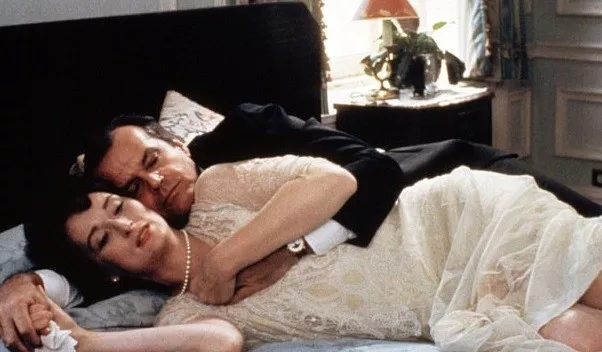A Tudor warrant book, typically full of mundane details about 16th-century crimes, has surfaced with a remarkable passage previously overlooked.
This particular document contains explicit instructions from Henry VIII detailing the execution of his second wife, Anne Boleyn.
Despite Anne being sentenced to death by burning or decapitation, the king, moved by compassion, opted for the less agonizing death of beheading.
However, he explicitly commanded that Anne’s head must be severed.
Renowned Tudor historian Tracy Borman hailed this discovery as a significant find, shedding light on Henry VIII’s callous nature.
She emphasized the premeditated and calculated manner in which Henry orchestrated Anne’s demise, showcasing his meticulous planning.
The detailed instructions outlined by Henry were directed at Sir William Kingston, the constable of the Tower, laying out the process by which the king would dispose of his convicted former queen.
Anne Boleyn was imprisoned in the Tower of London in May 1536 on charges of adultery, which were widely believed to be fabricated.
Her real offense was her inability to produce a male heir for Henry, who famously pursued six marriages in pursuit of an heir.
Hilary Mantel’s acclaimed novel, “Bring Up the Bodies,” has brought renewed interest in Anne Boleyn’s tragic story, portraying the events leading to her execution in vivid detail.
The warrant book revealed Henry’s meticulous planning, including the specific location for Anne’s execution within the Tower of London’s confines.
The exact spot on the Green was designated for this solemn event, with Kingston instructed to leave no detail overlooked.
Tracy Borman, serving as joint chief curator for Historic Royal Palaces, will feature this revelatory discovery in an upcoming Channel 5 series titled “The Fall of Anne Boleyn,” set to premiere in December.
Despite the chilling precision of Henry’s instructions, sparing Anne from a fiery death was considered a merciful act during that era.
Borman noted that although the execution deviated slightly from Henry’s directives, likely due to logistical errors, it remains a stark reminder of the ruthless power wielded by the king.
The historical significance of Anne Boleyn’s execution, deviating from the norm of sparing queens, underscores the magnitude of Henry’s determination to ensure her demise.
This revelation challenges the traditional narrative placing blame solely on Thomas Cromwell, revealing Henry’s active role in orchestrating the tragic event.


